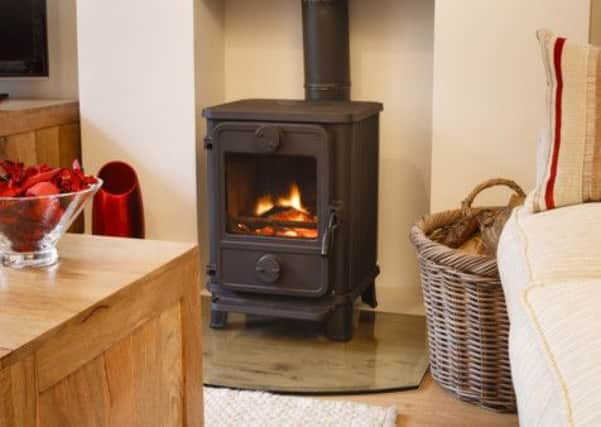DIY tips


The problem with open fires is that they’re not very energy efficient. The majority of wood-burning stoves, on the other hand, are 70-90% efficient, so you get all the benefits of a real fire without your money going up in smoke.
You may be surprised to learn that prices for wood burners start at less than £200 and, while you can pay a lot more for one that has more features, amazing looks or a high output, cheap and cheerful models make wood burners an option if you’re on a budget. That said, remember to add on the cost of the accessories, installation and any associated building working.
Advertisement
Hide AdAdvertisement
Hide AdThe good news is that your stove should start saving you money straight away. The more powerful it is, and the smaller and better insulated your home, the more money you’re likely to save, especially if your house has an open-plan layout or you keep the internal doors open.
Wood (as long as it’s sustainably sourced) is, of course, a more environmentally friendly fuel - and subject to fewer price rises. Freshly-cut wood contains up to 90% water, so you have to dry it out before you can burn it. This can take as long as three years.
The installation of a wood-burning stove must comply with building regulations. Rather than involving your council’s building control department or an approved inspector, it’s often easier to use a qualified fitter.